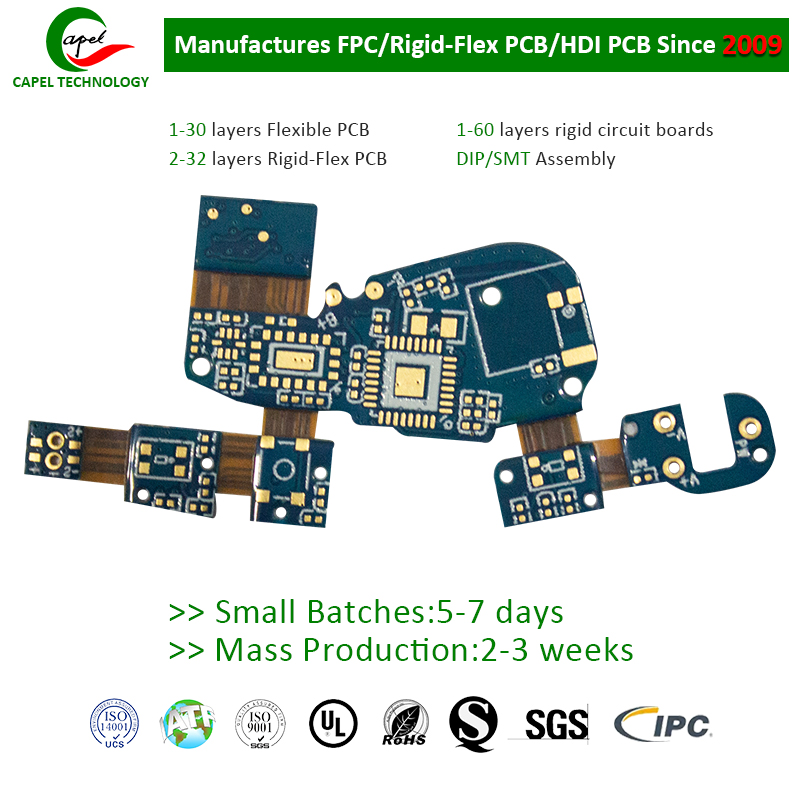In this blog post, we’ll explore the benefits and applications of rigid-flex circuit boards in military technology.
Today, technology is developing at an unprecedented speed and has become an important part of our daily lives. From smartphones to cars, we rely heavily on innovative electronic devices. This growing reliance on technology also extends to the military. The military requires cutting-edge equipment and is constantly looking for state-of-the-art, versatile solutions. One solution that has become popular in recent years is the use of rigid-flex circuit boards in military applications.
Rigid-flex circuit boards combine the best of both worlds – the flexibility of flexible PCBs and the reliability of rigid PCBs. These circuit boards are composed of alternating layers of rigid and flexible materials that are laminated together using adhesives. The result is a highly durable and flexible circuit board that can withstand harsh environments and extreme conditions.
One of the main advantages of rigid-flex circuit boards in military applications is the ability to reduce the size and weight of electronic devices. In the military world, every inch and every ounce counts, and traditional circuit boards can be large and heavy. Rigid-flex circuit boards offer a lightweight and compact solution that makes more efficient use of space and resources. This means military equipment can be more portable, easier to deploy and safer for soldiers on the battlefield.
In addition, the unique rigid-flex circuit board structure provides excellent vibration resistance and shock absorption. Military applications often involve high levels of vibration and physical stress, such as in combat vehicles or aircraft. Rigid-flex circuit boards can effectively dampen these vibrations, ensuring that electronic components remain intact and functional. This enhanced durability is critical in military operations, where reliability and resiliency are critical.
Another key factor for military applications is the ability to operate in extreme temperatures. The design of the rigid-flex circuit board can withstand a wide range of temperature fluctuations, making it suitable for various military environments. Whether it’s scorching desert temperatures or freezing arctic conditions, these circuit boards maintain their functionality, ensuring critical electronic systems continue to run smoothly.
In addition, rigid-flex circuit boards provide enhanced signal integrity and electrical performance. They provide reliable connections between different components, enabling efficient signal transmission in military equipment. This is critical for high-frequency communication systems, radar systems and other applications that require precise data transmission.
In terms of specific military applications, rigid-flex circuit boards have a wide range of uses. They can be found in military drones, where their lightweight and flexible properties improve maneuverability and stability. These circuit boards are also crucial in military communications systems, ensuring reliable and uninterrupted communication between units. Additionally, they are used in military vehicles, allowing the integration of various electronic systems while minimizing space requirements.
In summary, the use of rigid-flex circuit boards in military applications has proven to be very beneficial. These boards offer a combination of flexibility, durability and reliability, which is critical in military technology. Their ability to reduce size and weight, withstand extreme conditions, and provide high signal integrity makes them an important component of a variety of military equipment. As technology continues to advance, we are likely to see further advancements and applications of rigid-flex circuit boards in the military field.
Post time: Oct-06-2023
Back







